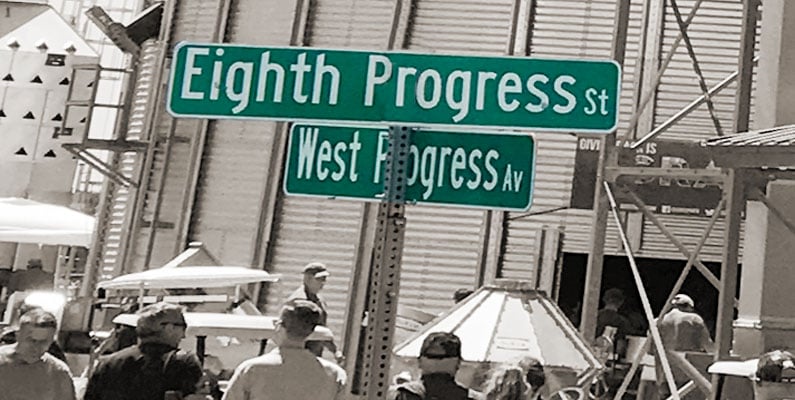At the end of the day – we’re all everyday consumers
Today, the depth and flexibility of the Internet ...

Set Creative recently did a survey asking respondents to define their most memorable experiences. Responses included special family moments, unforgettable trips, live events and even work accomplishments. Only 7 percent mentioned the purchase of a new product. Some would roll their eyes at even 7 percent valuing a product at all, but would it matter if they specified that product and why it was memorable? What if that item meant the ability to put food on the table?
To an extent, experience has always been part and parcel of advertising and marketing. Look no further than Madison Avenue or a golf course on a beautiful summer’s day and any number of deals are being made in swanky restaurants and on the greens. But as younger generations are becoming an increasing part of the industry, both as the marketer and the consumer, it takes more to make the sale than lunch and a round of golf.
We observed this during our visit to 2019’s Farm Progress Show in Decatur, IL. We were thrilled to see a vibrant crowd, increasingly more diverse and intent on learning as much as possible. We also saw a much younger generation there, newer to the industry if only because of their age, and with that a shift in the communications strategy.
Traditional marketing has relied heavily on face to face communication, as well as print, fax and cold calls. As technology advanced, email and internet marketing took off and presented unlimited opportunities for connection. However, farmers with limited broadband were still bound by whatever they could receive.
From yesterday’s upfront sales pitches to today self-directed displays and experiential environments
Fast forward 20 years and though digital communications and social media have almost replaced simple emails and websites, many farmers are still challenged by broadband restrictions. But at events such as Farm Progress, these are opportunities to engage with dealers and manufacturers and generate relationships with brands that might not have previously existed. Therefore, it’s not just about getting the sale, it’s about having a full-on encounter with the brand.
Experiential marketing, as it is known, is about creating the “third space,” an environment that is warm, safe and welcoming for the farmer. This environment is filled with familiarity and though it might teach them something new, it doesn’t take them too far outside of their comfort zone. After all, it’s creating a brand experience and in building a relationship, that relationship transitions between the farmer and the brand manufacturer or dealer, whether that’s seeds, machinery or tractor parts.
At Farm Progress we saw many interpretations of experiences, some similar to backyard barbeques, others more aligned with science experiments. But titles aside, there is a significant investment in creating nothing less than an experiment to generate interest, put on a show, feed them – food is always an incentive – and then end with the not-so-subliminal ask. Whatever it is, it has to be relative, intrinsic, even clever, so long as it draws the right crowd. Because people want to be entertained and they want to participate. They don’t want to be talked at or spoken to, they want to feel, recognize, understand and have some kind of connection to the brand before they really invest in the product. They want their interest in the brand to be authentic, not to be a participant because they were goaded into it.
In the end, it’s about brand awareness. That backyard BBQ or science experiment doesn’t necessarily generate greater ROI, not immediately anyway. It’s almost counterintuitive to what we’ve learned about this generation that desires instant gratification. But it’s more likely that it increases brand awareness and brings those farmers back time and again. At that point, it’s doing its job.
Today, the depth and flexibility of the Internet ...
If ...
© 2024 Rhea + Kaiser. All rights reserved.